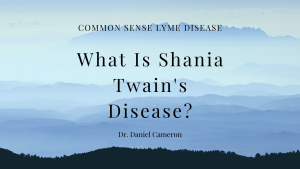Call for your appointment today 914-666-4665 | Mt. Kisco, New York

 A co-infection of Babesia with Lyme disease can increase the severity and duration of illness. Over 6% of questing Nymphal ticks were infected with the pathogens that cause Babesia and Lyme disease.
A co-infection of Babesia with Lyme disease can increase the severity and duration of illness. Over 6% of questing Nymphal ticks were infected with the pathogens that cause Babesia and Lyme disease.
Unfortunately, standard antibiotic treatments for Lyme disease such as doxycycline, amoxicillin, or zithromax are not effective for Babesia. Antiparasitic therapy with when added Zithromax was effective for treating Babesia.[2] Other antiparasitic therapies including Flagyl or Tindamax have also been prescribed.
The authors of the questing tick study concluded “Given that co-infection for these two pathogens can exacerbate symptoms and requires distinct treatment, medical practitioners should be aware of the tendency for B. microti and B. burgdorferi to co-occur when diagnosing and treating tickborne illness.”
I also consider a concurrent infection of Babesia with Lyme disease in my patients with more severe and prolonged presentations.
- Hersh MH, Ostfeld RS, McHenry DJ et al. Co-infection of blacklegged ticks with Babesia microti and Borrelia burgdorferi is higher than expected and acquired from small mammal hosts. PLoS One, 9(6), e99348 (2014). PubMed.
- Krause PJ, Telford SR, 3rd, Spielman A et al. Concurrent Lyme disease and babesiosis. Evidence for increased severity and duration of illness. Jama, 275(21), 1657-1660 (1996). PubMed



